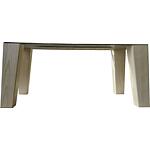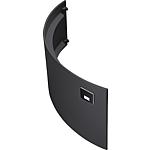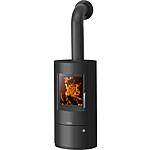0
WATCHLISTS
You must login before you can use the watchlist functions.
0
BASKET
You must login before you can use the basket functions.
Would you like to limit our huge product range? It’s very straightforward now with our new filters.
Search
Fireplaces – more than just aesthetic heat sources

|
Simple stoves provide warmth in autumn, winter and spring as supplementary or temporary heating. However, a modern fireplace stove is more than just a
heat source and aesthetic feature . As an alternative heat source they are designed today to burn wood with low emissions through an optimal air supply, the use of new materials and a refined design. This greatly reduces pollutant emissions. If a fireplace of this kind replaces an outdated fireplace, particulate matter and other pollutants can be reduced by up to 85% . Also: Burning wood does not produce any additional greenhouse gases, as only as much carbon dioxide is released as the tree had absorbed during its growth.
Steel or cast iron are the standard casing for the firebox, which is usually made of fireclay or firebricks.
|
There are three variants
of fireplace:
of fireplace:
• Fireplace without storage brick
• Fireplace with storage brick W+
• Fireplace with optional storage brick
• Fireplace with storage brick W+
• Fireplace with optional storage brick
Storage bricks - even more
sustainable heating with W+!
sustainable heating with W+!
A fireplace stove with storage brick can do more. Extending the combustion chambers with a storage stone ensures significantly longer-lasting heat, even after several hours. This is due to the additional high-density storage material, weighing up to 60 kg, which is invisibly housed in the stove as a storage brick. This means that you can continue to benefit from the radiant heat even after the fire has gone out.
All fireplaces with integrated storage brick can be found
with a W+ marking after the product name.
with a W+ marking after the product name.
Designs:
The fireplaces are also available with different casings, depending on the type. A fireplace casing can be made of ceramic tiles or natural stone, e.g. sandstone or soapstone. Soapstone casing provides the highest additional storage capacity among the various materials.
Products |













